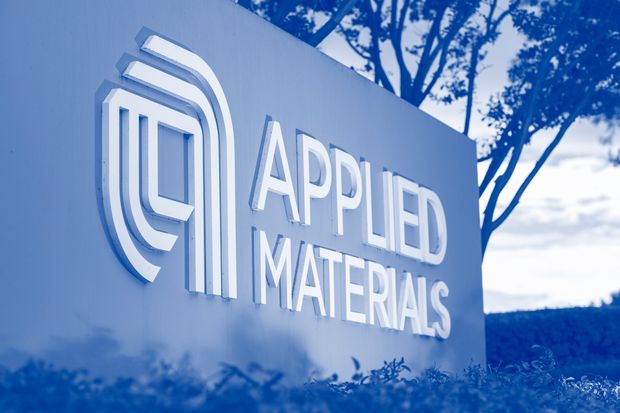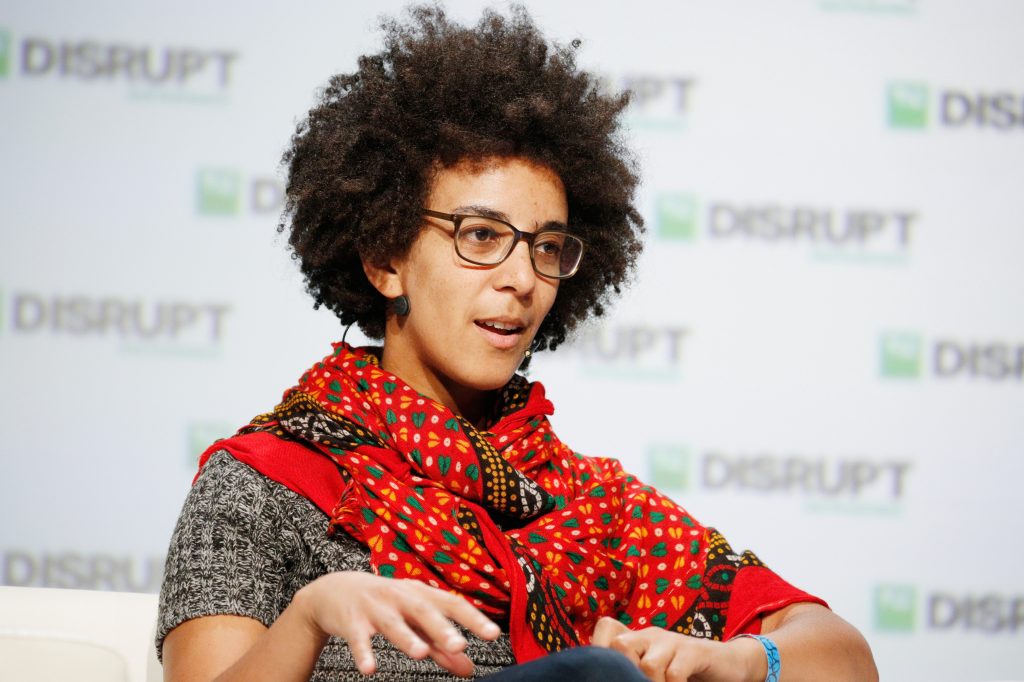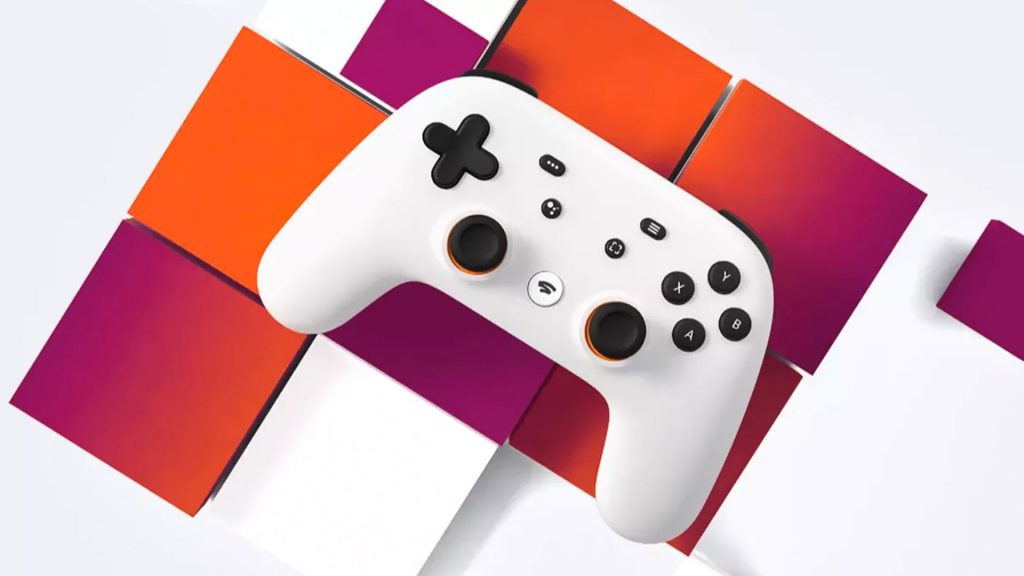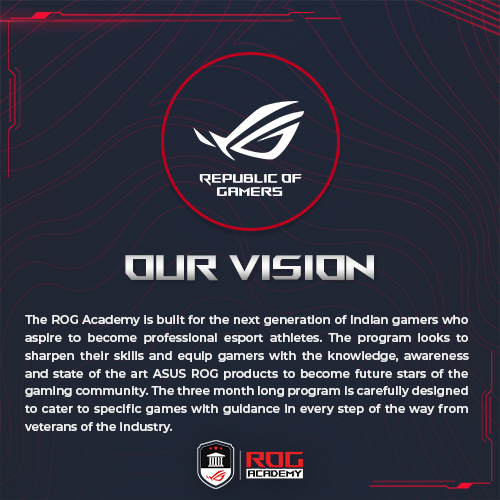The Journey of Applied Materials from a small start-up to a pioneer in the electronics industry
Applied Materials is one of the leading companies in the electronics industry to shape the future with excellent innovations in technology. Michael A. McNeilly founded the company in 1967 and since then it is striving to make our lives better in the modern era. The company not only aims to bring innovations but also works for making technology affordable for everyone. The contribution of the company forms the foundation of the most trending breakthroughs of this century like Artificial Intelligence, Big Data, Augmented Reality, etc. The company mainly focuses on supplying equipment and software that are required to build semiconductor chips. Applied Materials is currently based in Santa Clara, California, U.S.
The Foundational Story of Applied Materials
Michael A. McKeilly founded the company in 1967 and it went public in 1972. The company started diversifying in the following years and shifted its main focus from semiconductors. But, in 1976 when James C. Morgan became the CEO of the company it again went back to semiconductors only and sales started rising subsequently. In 1984, Applied Materials made a breakthrough as it became the first U.S. semiconductor equipment manufacturing company to spread its branches in Japan and China.

In the next decade, the company acquired two big Israeli companies with $285million. The company has made several acquisitions since 2000. It acquired Etec Systems Inc., Oramir Semiconductor Equipment Ltd., Baccini, etc. Another huge achievement for Applied Materials was in 2009 when it opened the world’s largest commercial solar energy research center and development facility. This solar technology center was established in China. Later this year, the company acquired Semitool Inc and in 2011 it acquired Varian Semiconductor.
In 2013, the company merged with Tokyo Electron and planned to change the name of this merged conglomerate to Eteris. But, unfortunately in 2015, the merger was scrapped due to some antitrust issues. In 2018, the company was listed in FORTUNE World’s Most Admired Companies. Applied Materials has always shown interest in making investments towards better education and improving several communities for the better well-being of people. Currently, the CEO of the company is Gary E. Dickerson who is aligning more than 21,000 employees to work for a better future.
Founder of Applied Materials: Michael A. McNeilly
Michael A. McNeilly has a very rich entrepreneurial experience as he started very young in his journey to reach excellence. Before co-founding Applied Materials, Michael A. McNeilly founded Apogee Chemicals when he was twenty-five. After three years, he co-founded Applied Materials. Michael received a loan of $7,500 from his father-in-law to start Applied Materials. When the company has found the name of the company was Applied Materials Technology but while filing an IPO Michael changed the name to Applied Materials.
In his entrepreneurial journey in the semiconductor industry, Michael became the co-recipient of the first SEMI award in the category of “Outstanding Contributions to the Semiconductor Industry.” He also served as a member of the board of directors in more than 30 companies. His journey just began with Apogee Chemicals and Applied Materials as he founded fourteen more companies after it. While he was in Applied Materials he issued over twenty patents. Michael passed away in 2005 but before he passed away he majorly contributed to semiconductor technology. Michael was also the recipient of the “Outstanding Contributions to NASA Technology Commercialization” from NASA.
Vision and goal of the company
Applied Materials designs highly sophisticated technologies and software for complex chips and displays for many companies. The main goal of the company is to help their customers build large capacity and faster memory chips with the help of Applied Material’s technology. The company also works for making high integrated and more efficient processors. Apart from contributing to creating chips and processors, the company also designs technologies for high-resolution displays. Around 30% of the total number of employees are dedicated to research and development and the company invests around $2billion annually for the same purpose. Currently, the company has more than 12,500 patents.
The company has a strong vision towards solving high-value problems providing equal focus from research purposes to customer support. Applied Materials also believe in establishing high-value collaboration and developing a strong work culture globally.

Annasha Dey is an NIT student, who apart from studying engineering is also a content writer. She has a great interest in photography, writing, reading novels, and travelling as well. She is a foodie who loves socializing and hanging out with her friends. She is also a trained Kathak dancer and a big fashion enthusiast. Dey also loves watching TV series, which includes F.R.I.E.N.D.S. and Big Bang Theory. To be a better writer she prefers to read more







